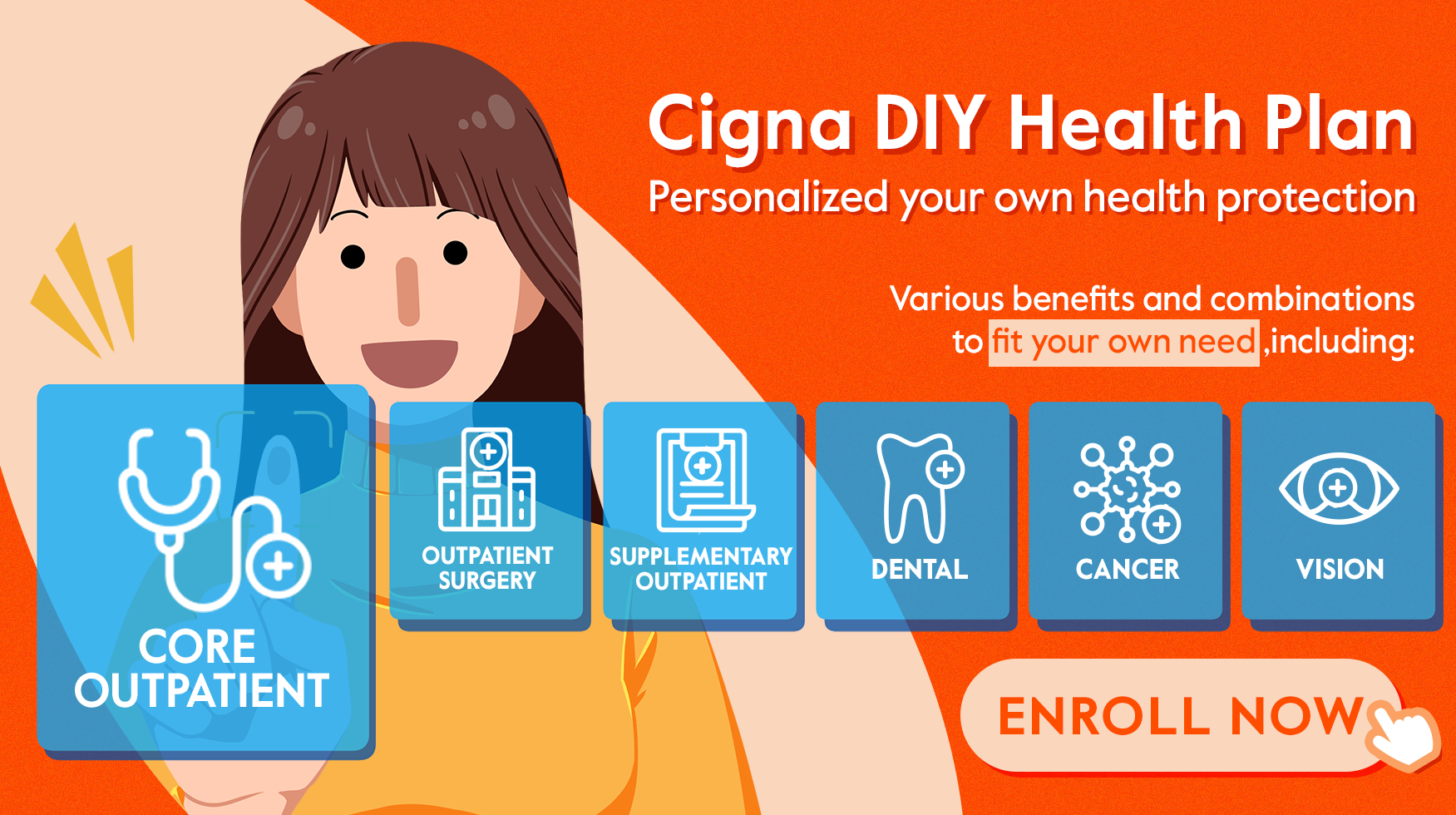Excessive screen time can cause a myriad of issues, including Computer Vision Syndrome (CVS) and Dry Eye Syndrome(DES). If you're one of those people who can't take your eyes off the screen, eye strain, dry eyes, shoulder pain, and blurry vision might also be a part of your life.
What is Dry Eye Syndrome (DES)?
Dry Eye Syndrome is a chronic condition in which your tears aren't able to provide adequate lubrication for your eyes. Our tear film consists of three layers: fatty oils, aqueous fluid and mucus. Problems with any of these layers can cause dry eyes. DES is prevalent locally, affecting more than half a million Hong Kongers. This syndrome is more common among people over the age of 40.
While screen time is one of the risk factors of Dry Eye Syndrome, chronic allergies, thyroid disease and vitamin A deficiency can also contribute to this ocular disease.
Common Dry Eye Syndrome symptoms
The DES sufferers usually experience the below symptoms:
- Itchy eyes
- Red, bloodshot eyes
- Increased sensitivity to light
- Difficulty wearing contact lenses
- Blurred vision
- Eye fatigue
Treatment and prevention of Dry Eye Syndrome
There are several self-care tips to reduce dry eye, including:
- Correct your vision by wearing appropriate spectacles. Dry eye patients should avoid contact lenses as these might damage the cornea of dry eyes.
- Apply eye drops to keep your eyes moisturized.
- Use a humidifier can also provide adequate lubrication.
- Drink plenty of water to keep your body and eyes hydrated.
What is Computer Vision Syndrome (CVS)?
Computer Vision Syndrome is caused by using digital displays, such as smartphones, laptops, and any digital portable devices — for too long without a break, without blinking enough, or at an improper distance.
Many of the CVS symptoms are only temporary and will diminish after stopping the use of the digital device. However, some individuals may still experience continued blurry vision. If nothing is done to address the cause of the problem, the symptoms will continue to recur and perhaps worsen with future digital screen use.
Common symptoms of Computer Vision Syndrome
The CVS sufferers usually experience the below symptoms:
- Dry eyes
- Eyestrain
- Blurry vision
- Eye fatigue
- Neck and shoulder pain
Computer Vision Syndrome treatment
Fortunately, most of the eye symptoms caused by heavy screen time are only temporary. One can easily relieve the symptoms by making lifestyle changes, such as:
- 20-20-20 rule: Look away from your screen every 20 minutes to a distant object at least 20 feet (6 m) away, for at least 20 seconds.
- Computer setup: Positioning your screen so that the center is 4 to 5 inches below your eye level.
- Blink often: Blinking helps reduce evaporation of the tear film and moistens your eyes. Experts suggest blinking 16-20 times every minute as normal frequency.
Eye exercises for relaxation : Five-minute massage
We also recommend below daily eye exercise to increase blood circulation and release muscle tension to the eye area. Follow the steps below to soothe the muscles around the eye area.
- Rest your eyes: close your eyes and hold your palm to the eye for a minute.
- Side to side: without moving your head, look to the left slowly, then to the right. Repeat the cycle 3 times.
- Up and down: without moving your head, look up and down slowly. Repeat the cycle 3 times.
- Eye massage: close your eyes and massage your eyelids gently with fingertips, first clockwise, then counterclockwise. Repeat 10 times.
Protect your vision: do blue light glasses help?
Blue light glasses, designed to block or filter the high-energy blue light coming from digital screens, are being hyped as a modern eye protector. This glass has a special coating that helps prevent blue light and UV rays from passing through to your eyes.
However, according to American Academy of Ophthalmology, there's no evidence blue light emitted from computer screens may be causing any irreversible vision damage. Neither the academy recommends any special eyewear for computer use.
Nevertheless, there’re a few ways to make you feel safe from blue light exposure.
- Use a blue-light-reducing computer or phone screen protector which filtered out the blue light with a special coating.
- Utilize the Night Light setting which alters the screen temperature of your device to a warmer color.
- Avoid screen time near bedtime hours as blue light exposure before bedtime can directly interrupt your body's circadian rhythm.
It’s always a good idea to reduce screen time which stresses out your eyes. Swap out your bedtime Instagram scroll for a book, and you might feel a world of difference.
Vision is precious and in no way should we abandon the gift of sight. Cigna DIY Health Plan enables you to freely choose from various protection benefits to customise your plan to your individual needs, including dental coverage, regular oral check-up, treatment cost and emergency. Tailor your health coverage now.
Sources:
- Franciscan Health - What to Know About Eye Strain, Dry Eye and Other Work-Related Eye Problems
- Medical News Today - What to know about computer vision syndrome
- HK01 - 【藍光眼鏡】醫生不建議用!護眼8招睇電話隔30cm防黃斑病變
- Mayo Clinic - Dry eyes - Symptoms and causes
- o2spac - Eye Massage | Massage Relieves Tried Eyes
- American Academy of Ophthalmology - Are Computer Glasses Worth It?
- kknews.cc - 你的眼睛每分鐘眨幾次?
- SCMP - Hong Kong dry-eye syndrome sufferers given more treatment options


